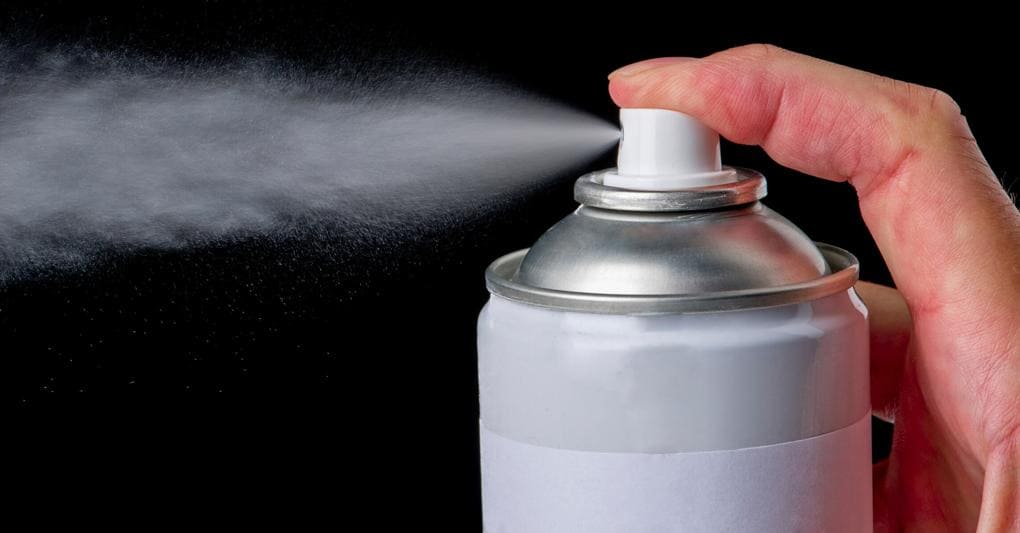Aerosol cans have become ubiquitous in our daily lives. From hairsprays and deodorants to paints and insecticides, a wide variety of products rely on aerosol cans for convenient delivery and application.
The Origins of Aerosol Cans
The concept of using pressurized gases to dispense liquids in a spray form can be traced back to the late 18th century when inventor Thomas Hancock experimented withcarbon dioxide as a propellant in insecticide sprays. It was in the early 1900s that aerosol cans in their current form began to take shape. Norwegian inventor Erik Rotheim patented the first aerosol valve and can design in 1927. However, it was not until the 1950s that American inventor Robert H. Abplanalp developed improved valves and manufacturing techniques that made aerosol cans truly viable commercially. This ushered in the era of widespread adoption of aerosols across various household and personal care products.
How Aerosol Cans Work
At the heart of an aerosol can is a simple yet ingenious mechanism. It consists of three main components – a canister that holds the product, a pressurized propellant gas, and a metering valve. The liquid product and propellant gas such as liquefied petroleum gas are loaded together into the can under pressure. When the valve is pressed, the propellant forces the product out through the valve nozzle in the form of a spray. The propellant automatically expels just the right amount of product each time by metering or regulating the flow. This allows for simple, consistent and targeted application of the product.
Common Uses of Aerosol Cans
Here are some of the major applications that rely heavily on aerosol can delivery:
Haircare Products – Hairsprays, dry shampoos, hair dyes and other cosmetic products are near universally packaged in aerosols for hassle-free targeted application.
Paints and Coatings – Spray paints, clear coats, varnishes etc. allow users to quickly spray large surfaces and objects evenly. Automotive undercoating also comes in aerosols.
Household Cleaners – General purpose sprays, furniture polishes, air fresheners, insecticides, deodorizers effectively dispense cleaning agents.
Personal Care – Deodorants, antiperspirants, shaving creams provide controlled application without mess. First aid sprays use a targeted stream.
Automotive Products – Lubricants, polishes, protectants are sprayed precisely where needed on engine components etc. Tire inflators also utilize pressurized gas.
Sports Equipment – Ball pumps, injury sprays effectively apply materials with a pressurized spray stream.
Benefits of Aerosol Packaging
The primary advantage that Aerosol Cans provide is controlled, even and targeted application of products. Other key benefits include:
– Convenience of portable, compact cans that can be used anywhere.
– Precise spraying allows efficient use of entire product contents with no waste.
– Ensures consistent dosage and formation of materials with each spray.
– Provides easy, mess-free solution for hard to reach areas and large surfaces.
Environmental Concerns
However, aerosol cans also pose some environmental hazards if not disposed of properly:
– Propellants such as hydrocarbons are greenhouse gases and contribute to global warming.
– Empty cans release small residual amounts of propellant into the atmosphere if not recycled.
– During manufacturing and transport, any gas leaks also emit CFCs/hydrocarbons into the air.
– Non-biodegradable aluminum and steel materials used in cans end up in landfills if not recycled.
Most nations now have recycling programs in place for used aerosol cans. Many brands also use less damaging propellants such as compressed air. Overall, the environmental impact of aerosols can be mitigated through responsible consumption and disposal habits.
Aerosol cans have enabled the widespread use of numerous consumer and commercial products due to their ingenious mechanism for targeted spray application. While posing some environmental risks , recent technological advances have reduced their impact. With proper waste management, Aerosol Cans can continue serving as an indispensable delivery method for many everyday goods in a sustainable way.
*Note:
1. Source: Coherent Market Insights, Public sources, Desk research
2. We have leveraged AI tools to mine information and compile it



